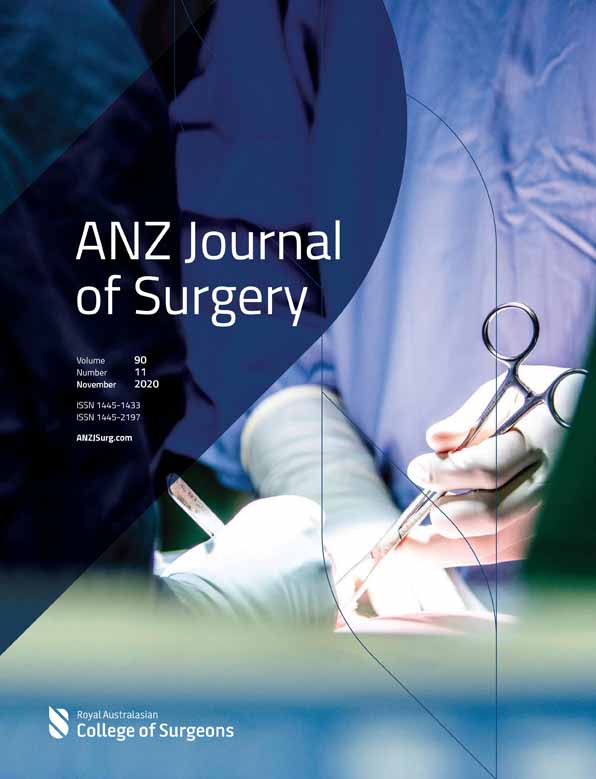The incidence of symptomatic remnant gall bladder: a population study
Abstract
Background
Subtotal cholecystectomy is utilized in conditions of high risk to critical structures, like the common bile duct. However, the remnant gall bladder may become symptomatic and require a completion cholecystectomy for treatment. This second procedure can itself be a risk to critical structures. To establish the incidence of redo-cholecystectomy and identify risk factors that lead to subtotal cholecystectomy and repeat operation in a review of state-based practices for cholecystectomy.
Methods
A search of state coding records relating to cholecystectomy from 1998 to 2016. Patients who were coded for cholecystectomy-related procedures on different dates were identified. Patients who underwent the procedures within 6 months were excluded to avoid acute post-operative complications and gall bladder malignancy.
Results
210 719 cholecystectomies were performed. 1133 required repeat procedure. 616 were excluded, leaving 516 (0.25%) cholecystectomy patients requiring a second cholecystectomy. The subsequent operation was more likely to be an emergency procedure; involve transcystic bile duct exploration, adhesiolysis and require intensive care unit admission post-operatively. A repeat cholecystectomy was more likely to occur after having the primary procedure at a public hospital and when an intra-operative cholangiogram was not performed. Over the study period, the rate of repeat cholecystectomy increased from 0.02% to 0.6%. Incidentally, the rate of intra-operative cholangiogram during a primary cholecystectomy increased from 43% to 73%.
Conclusions
Repeat cholecystectomy is an uncommon procedure. A second cholecystectomy is a more complex and likely to require intensive care unit support. Referral to a tertiary hepatobiliary unit is recommended.
Conflicts of interest
None declared.




